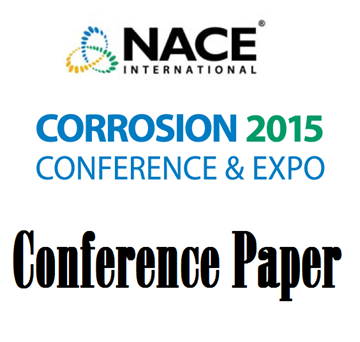Search
08668 Effects of Slurry pH on the Surface Mechanical Properties and Erosion Corrosion Resistance
Also Purchased
08572 Erosion-Corrosion in Disturbed Liquid/Particle Flow
Product Number:
51300-08572-SG
ISBN:
08572 2008 CP
Publication Date:
2008
$20.00
07685 Assessing the Erosion Corrosion Properties of Materials for Slurry Transportation and Processing in the Oil Sands Industry
Product Number:
51300-07685-SG
ISBN:
07685 2007 CP
Publication Date:
2007
$20.00
Erosion-Corrosion Study of Oilfield Materials Due to Liquid Impact
Product Number:
51315-6136-SG
ISBN:
6136 2015 CP
Publication Date:
2015
$20.00




